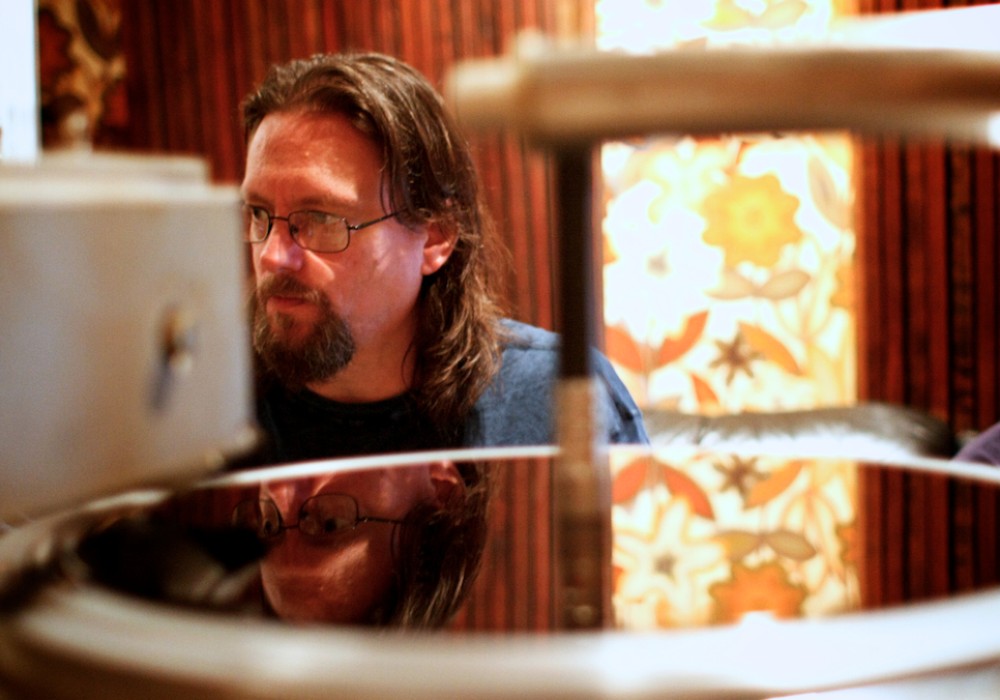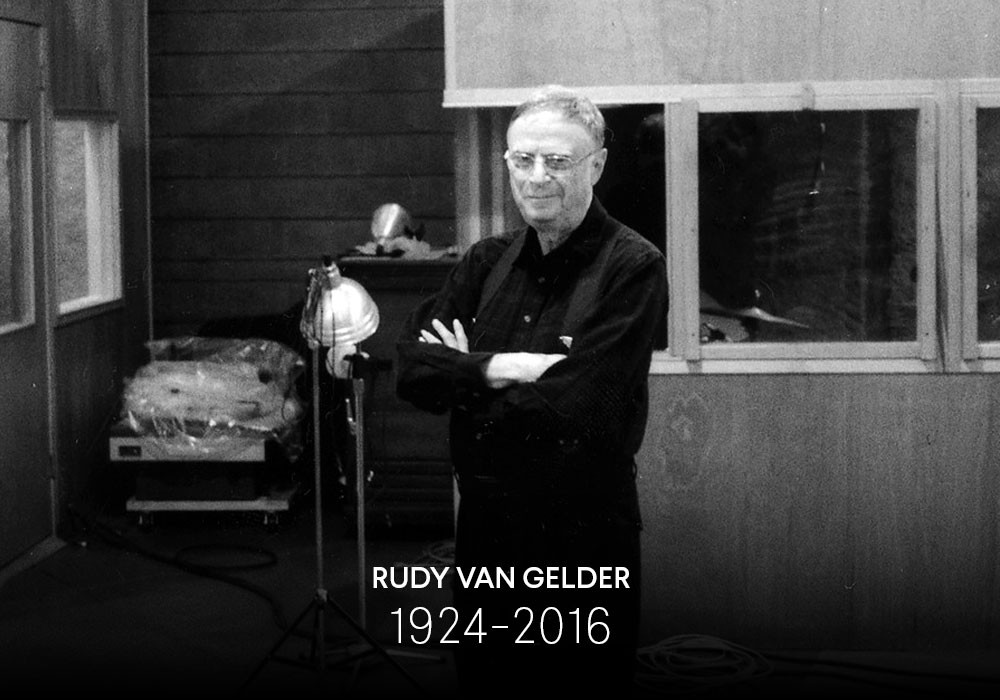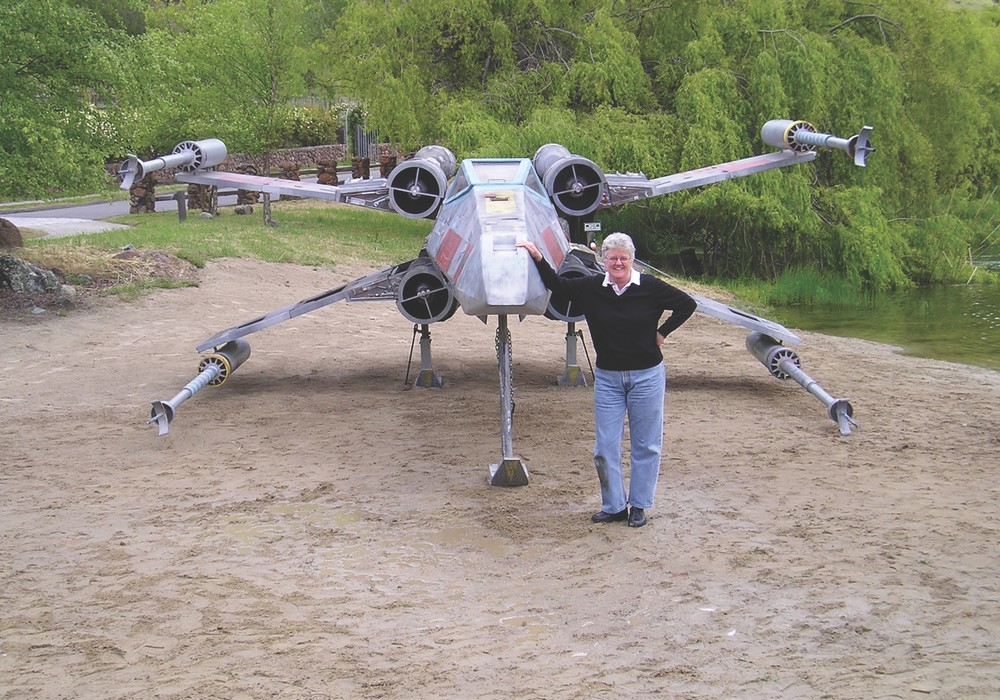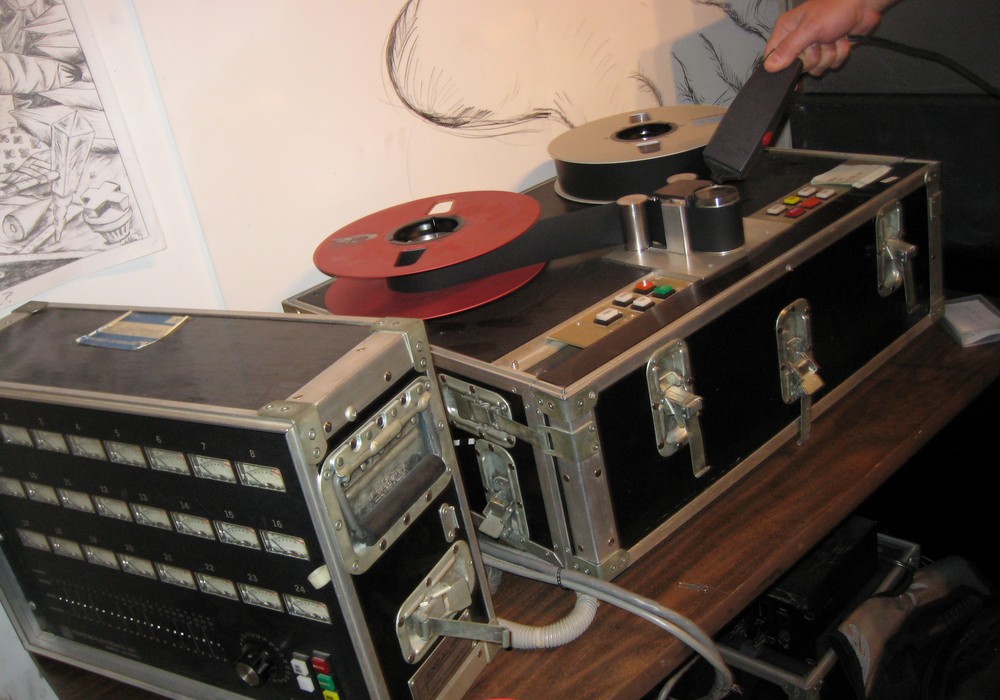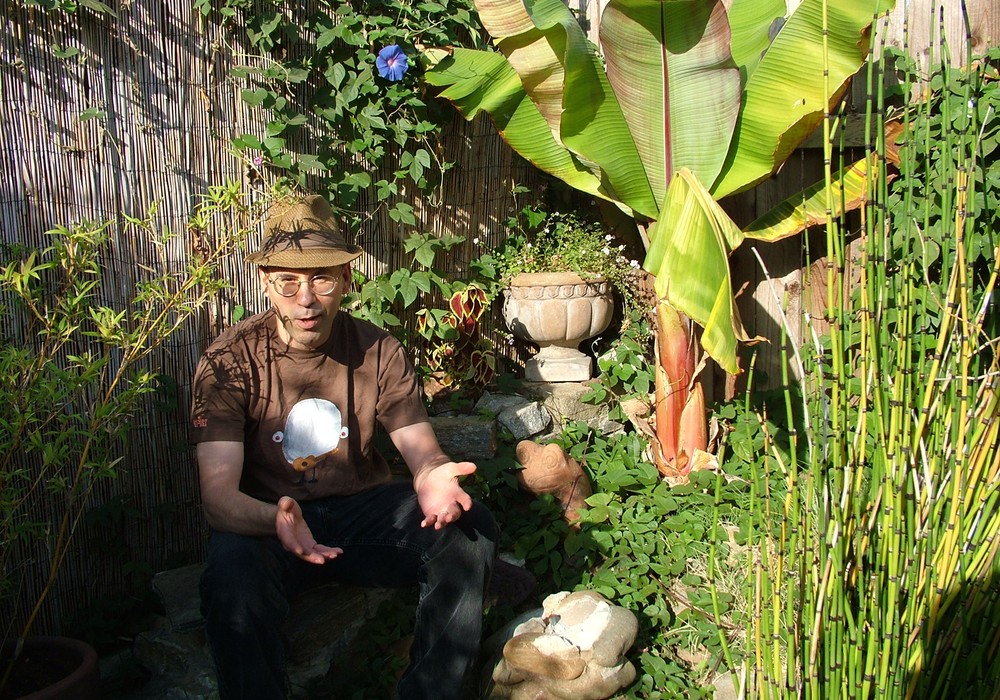We interviewed Phill Brown in issue number 12 of Tape Op. Over the years he's worked with some of the greatest artists ever, like Jimi Hendrix, Joe Cocker, Traffic, Spooky Tooth, Jeff Beck, Led Zeppelin, Robert Palmer, Bob Marley, Steve Winwood, Harry Nilsson, Roxy Music, Stomu Yamash'ta, John Martyn, Little Feat, Atomic Rooster, and Talk Talk. This is an excerpt from his book, Are We Still Rolling?, and we'll be running more chapters from it in upcoming issues.
Last issue: Phill got his start as a tape operator and worked on sessions with Jimi Hendrix and Eddie Kramer.
It was George Chkiantz who recommended and introduced me to Glyn Johns [#109]. Glyn was the first freelance engineer and, at this point in time, at the peak of his career. During the early 1960s he had had a limited singing career, before training at IBC studios and going on to work with an amazing collection of high-profile artists — The Rolling Stones, The Who, The Small Faces, The Beatles and The Eagles. He was confident and relaxed in his recording abilities, although I think some people might have interpreted this as arrogance. Glyn and I got on well immediately and it was a relationship that lasted until I left Olympic in December '68. Although he was a bit of a taskmaster he was straightforward and very good to work for. Just by watching and working with him I learnt a great deal about microphone placement and technique and how to deal with the assortment of egos and personalities in the studio environment. During the following nine months we worked together on Small Faces' Ogden's Nut Gone Flake album, The Move's single "Yellow Rainbow", the Steve Miller LP Sailor, the Rolling Stones' LP Beggars Banquet and Traffic's second album.
The second Traffic album was planned to be recorded in short bursts over a period of a few months, starting in February 1968. The sound engineering was shared between Glyn Johns and Eddie Kramer [#24], depending upon who was available. When neither was, my brother Terry Brown or Brian Humphries would take over the job. I worked with all of these engineers on an assortment of songs for the album, including "40,000 Headmen", "Feelin' Alright" and "No Time to Live". Each session seemed to differ in every way from the previous one. This was partly due to the diversity of the songs but also because of the different working methods of each engineer. Some nights I would set up screens and booths across the middle of the studio and we would record full electric band tracks with drums, bass, Hammond and sax. Other times everyone would sit in a circle on carpets on the floor and we would record acoustic guitar, percussion, flute and piano. Despite these differences, there seemed to be no problem with continuity on the finished album.
It was important to create the right sound on the instruments from the start, as little could be changed later. Although the studio seemed well-equipped at the time, there were relatively very few effects. By the mid 1980s, technical innovation made it possible to control and modify recorded sound in ways that were previously undreamed of. By that time it was possible to process a signal, using digital effects machines (SPX, AMS, Lexicon etc. etc. ad nauseam), to simulate a wide variety of acoustic environments, from a small wood-panelled room to a giant concert hall or church. In 1968, however, the only artificial reverberation we had was created with EMT echo plates, spring reverbs, primitive tape echo devices or naturally reverberant spaces such as corridors and stairwells.
The sessions with Traffic had an air of being very 'down home', with friends, girlfriends, roadies and hangers-on all sitting around in the studio. Having this many people on the session sometimes caused distraction, noise and disruption, but most of the time the visitors helped to produce a relaxed and creative environment. Traffic liked to recreate the atmosphere of their rented Berkshire cottage and, while working in the studio, they would burn incense and work in almost total darkness. The band, roadies and friends were an excellent bunch of characters and, for me, the sessions were thrilling. With this number of people around in the building it meant that there was always something happening somewhere. From time to time I would come across a small group of people sitting on the back stairs or in the maintenance room, either playing acoustic guitars, eating hamburgers or rolling joints.
The band, Glyn Johns, and producer Jimmy Miller, all knew exactly what they were aiming for and worked hard to achieve it amid this party atmosphere. Some songs had tight, worked-out arrangements, others were captured after a lengthy jam. Jimmy was skilled at keeping up the momentum of sessions and was always ready to play percussion on a track or come up with a rhythm idea when the need arose. He was a large man, about 6' 2" tall, with a solid build, long dark hair and a moustache. He had a loud voice, was quick witted and sharp, and always appeared to get the best out of people. He would take control of the situation, patiently and calmly pointing people in the right direction. During my year at Olympic I worked with him on albums for Spooky Tooth, the Rolling Stones and Traffic. I loved his approach. Jimmy was a wonderful inspiration to all involved on these albums and probably one of the best two all-round producers I have ever worked with — the other being Tim Friese-Greene. Jimmy treated me well and we often played table tennis together at the back of Studio I, after the Traffic sessions had ended. This ritual continued right through the Stones' sessions for Beggars Banquet. He usually won.
In the spring of '68, the new Ampex 8-track machine was delivered and installed into Studio 1. In contrast to the old, weathered, portable 4-track machines, it was large, heavy and gleaming. The Small Faces' Ogden's Nut Gone Flake, was one of the first albums to be recorded on this new 8-track equipment, with Glyn Johns engineering. The band had been formed in 1964 and signed to Don Arden, an old-school hustler who became their manager. They were not a group of intellectuals but a bunch of East End soul boys — pint-sized herberts. They were all small-framed and dressed in a similar way in crushed velvet trousers or white jeans, tailored flowered shirts, chiffon scarves, felt hats, soft Italian shoes and fur coats. They had thin, drawn faces, mod hair cuts and childlike smiles. The band was made up of Steve Marriott — guitar and vocals, Ronnie Lane — bass and vocals, Kenny Jones — drums, and lan Mclagen — keyboards.
Partly due to the zany nature of the material, the sessions for Nut Gone Flake had a great atmosphere and were full of humour. Steve Marriott and Ronnie Lane had written the majority of the songs and were producing the album with Glyn. They were much influenced by old Music Hall traditions, and this showed in the way they used rhythms, melodies and character vocals. Marriott had been brought up on musicals and played the Artful Dodger in the musical Oliver when he was 12 years old. He was sharp and clever, cheeky, hilariously funny and had an irresistible personality. He was a fireball, always talking and up to some practical joke, a natural at amusing people and enjoying life. Marriott and Lane were particularly funny and engaging and stormed through the sessions with little regard for conventional studio procedure or technicalities. Working in Studio 1, we laid down songs as a band, with drums, bass, guitar and piano or organ, set up according to Glyn's tried and tested layout. As we were no longer limited to 4 tracks, each instrument now had a track of its own — this still left 4 tracks to overdub vocals, solos, effects and orchestral arrangements. Lead and backing vocals were usually recorded at the same time in this loose party atmosphere, with Marriott and Lane intermittently playing some form of percussion or random finger-clicks. I loved this approach, and I liked the way they would find things in the studio to hit or play at random (I was reminded of this many years later, again when working with Talk Talk).
The members of the band were endlessly messing about, forgetting the lyrics and musical parts. The key word at times like that was "Nice". They would look at each other, smile, say "Nice", then have another go, trying not to laugh. When Marriott sang, the veins would stick out on the side of his neck like twigs, and in-between verse, chorus and solos he would dive off the microphone and fool around in an exaggerated, theatrical manner. Some songs were recorded in sections and were then edited together on the 1" 8-track. The band used all the tricks of the day including heavy compression, tape-phasing, wild panning and feeding guitars and vocals through a Leslie speaker. There were harp, flute and cello arrangements as well, which were overdubbed. We used every possible space within the building to record in, including the corridors and toilets. I thoroughly enjoyed this approach. There was a strong feeling of freedom on these night sessions, with no office staff, and no 80-piece orchestra to look after. Working with just four or five band members (who did not sight-read music) was easier, much more fun and had less predictable results — I particularly enjoyed that aspect of it.
Drugs, in the form of speed and dope, were in abundance on Small Faces sessions. In some corridor, empty office or sitting behind a studio screen, it was not unusual to find a roadie, or one of the band, with a joint in his hand or a pill in his mouth. When we worked late into the night the roadies occasionally offered me a 'toke' or a 'blue'. I did have the odd blast from a joint but, being wary of pills, I had never tried the 'blues'. Glyn Johns did not approve of drugs, even spliff. Ironically he often worked on heavily drugged sessions with such artists as the Steve Miller Band, The Rolling Stones, Traffic, The Eagles, and The Beatles — but did not indulge himself. He never made a big thing about the use of drugs and, where clients were concerned, turned a blind eye to the matter.
On May 26th I was back working with Glyn and the Traffic sessions. We were recording the song "No Time to Live". This was a beautiful, haunting song, but complicated in its arrangement and difficult to perform as a live band. The intro had a thin, ghostly Hammond part and a wonderful, warm, drifting flute that was prominent throughout the song. The other instruments were drums, — including timpani — bass, and piano. We had recorded at least eight takes in the dark and druggy environment of Studio 1 and were playing back our chosen master. It had been a long day and was now around 2am. I was particularly tired and had been fighting off sleep since midnight. One of the roadies saw me nodding off at the 8-track machine and came over, handed me a black pill. I felt a bit doubtful, but the roadie said, "Don't worry, it's fine — it will just help you to stay awake." This allayed my fears and I swallowed the pill. The effects came on surprisingly slowly but after a while I began to appreciate being back in control of my eyelids. The pill helped me through to the end of the session. I then packed up and drove home to Watford, getting there at about 6am. I lay in bed, now wide awake, until mid-day before getting up, bathing and driving back to Olympic for 5pm, to set up again for another evening session with Traffic. By now I was beginning to feel a little wired, but I was certainly not tired and eating little... I sped (literally) through the evening. By two or three in the morning most of the bad side effects of the speed had hit me. I felt grubby and itchy, and my scrambled brain was darting from one subject to another. It was difficult to work and I was pleased when we finally finished at about 4am. The roadies thought it was very amusing and, as I left for home, informed me that they had given me a 'black bomber' — a particularly strong form of speed. After being 'up' for about 38 hours, I finally managed to sleep. However, although I later took speed in the form of the milder 'blue', this experience made me avoid anything stronger, like sulphate — and especially 'black bombers'.
Glyn was pleased with my work and attitude during the Traffic sessions and asked me to work with him, Jimmy Miller and the Rolling Stones on their next LP.
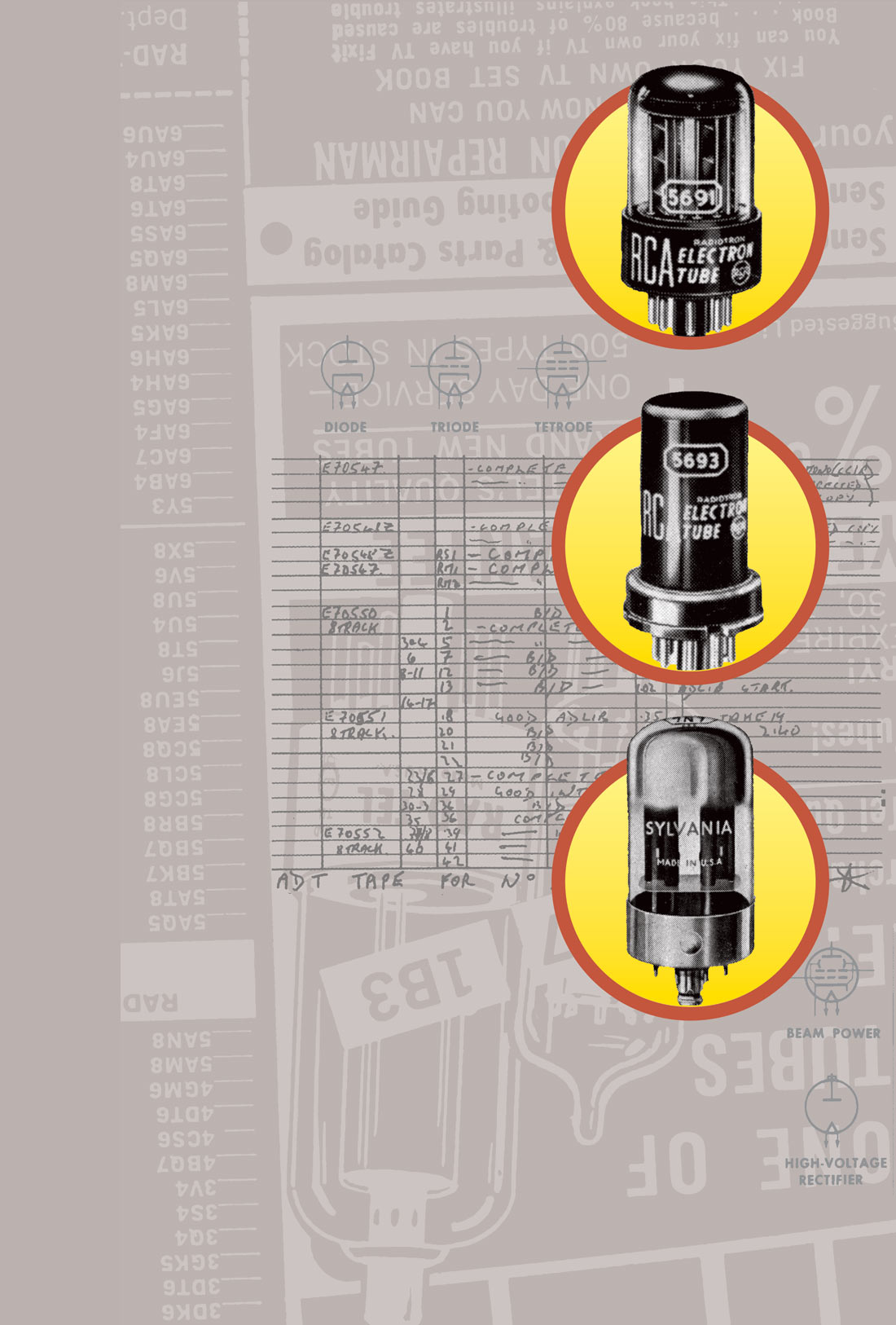

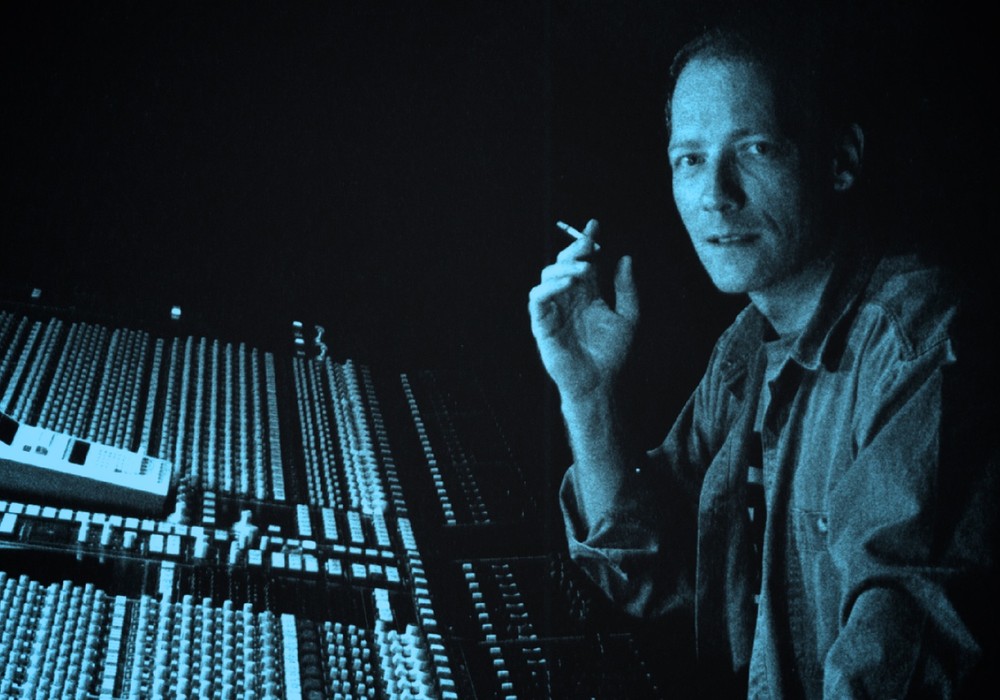
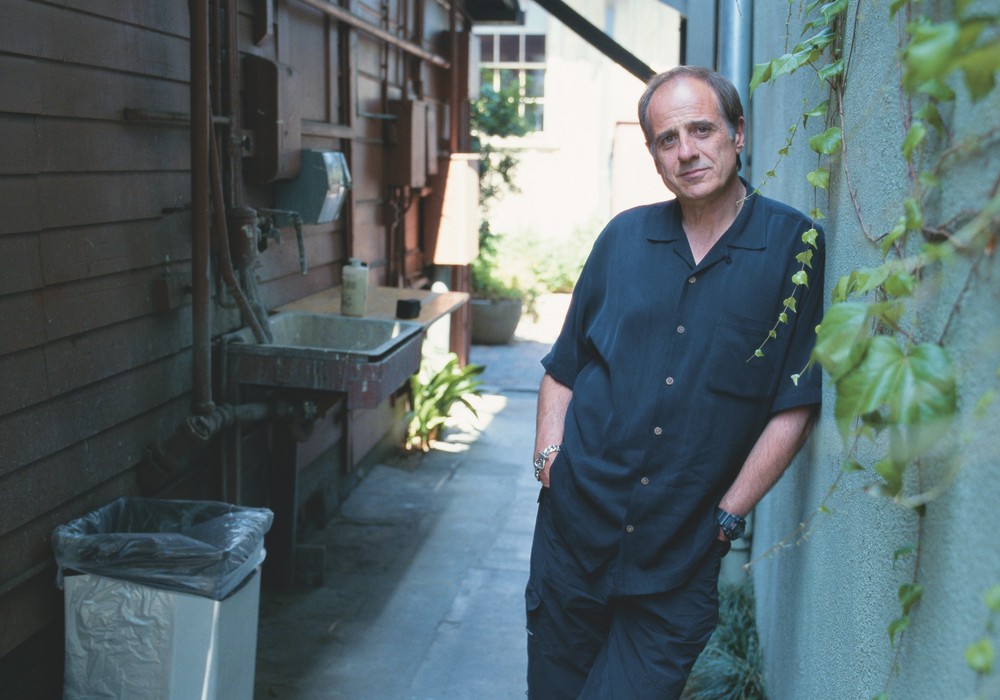
_display_horizontal.jpg)
